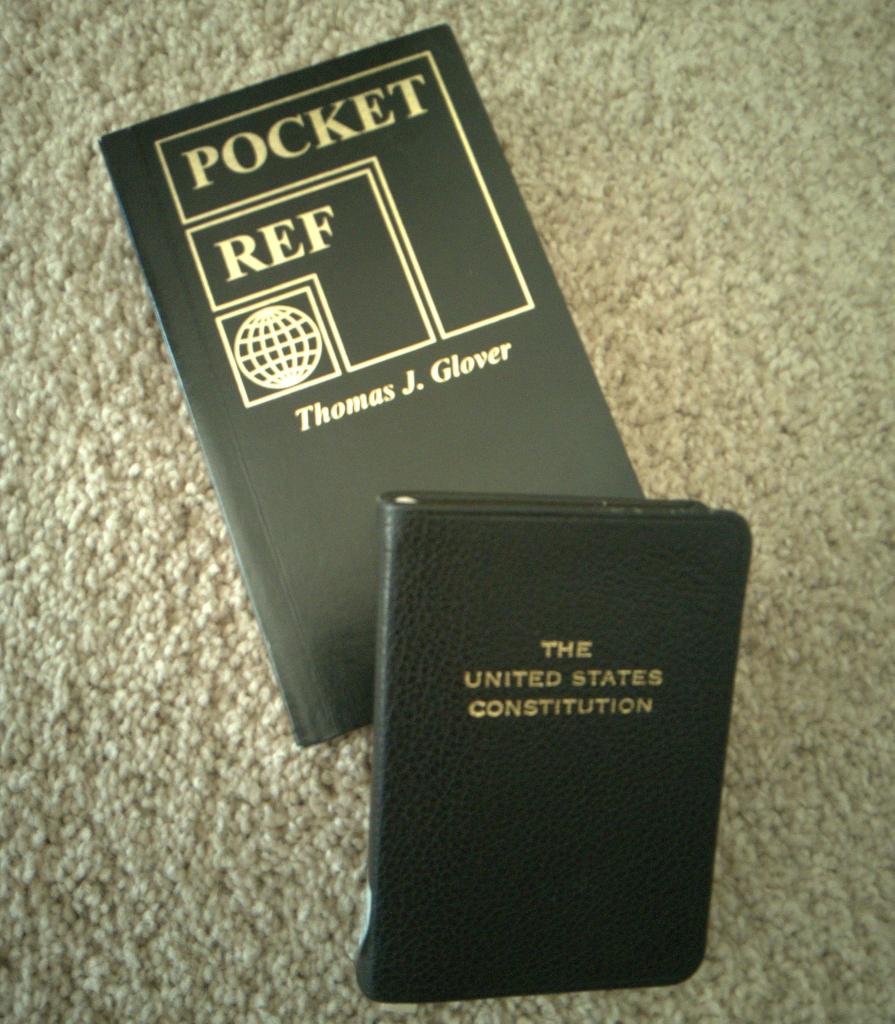There are so many ways do handle backups, so many tools, etc. You'll find something that works for you.
In the spirit of sharing a neat tool that works well for me, addressing many of the concerns you raised, in case it might work for you too: Maybe check out git annex. Especially if you already know git, and maybe even if you don't yet.
I have one huge git repository that in spirit holds all my stuff. All my storage devices have a check-out of this git repo. So all my storage devices know about all my files, but only contain some of them (files not present show up as dangling symlinks). git annex tracks which drives have which data and enforces policies like "all data must live on at least two drives" and "this more-important data must live on at least three drives" by refusing to delete copies unless it can verify that enough other copies exist elsewhere.
- I can always see everything I'm tracking -- the filenames and directory structure for everything are on every drive.
- I don't have to keep track of where things live. When I want to find something, I can just ask which drives it's on.
- (I also have one machine with a bunch of drives in it which I union-mount together, then NFS mount from other machines, as a way to care even less where individual files live)
- Running
git annex fsckon a drive will verify that- All the content that's supposed to live on that drive is in fact present and has the correct sha256 checksum, and
- All policies are satisfied -- all files have enough copies.

X11 for xdotool. ydotool doesn't support (& can't really support with it's current architecture) retrieving information like the current mouse location, current window, window dimensions & titles. Also, normal (unprivileged) user ydotool use requires udev rules or session scripts and/or running a ydotool daemon & many distros don't yet ship with this Just Working.
X11 for Alt-F2
rto restart Gnome Shell without ending the whole session. This is a useful workaround for a variety of Gnome bugs.